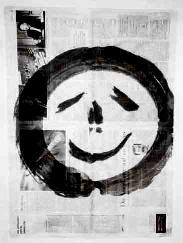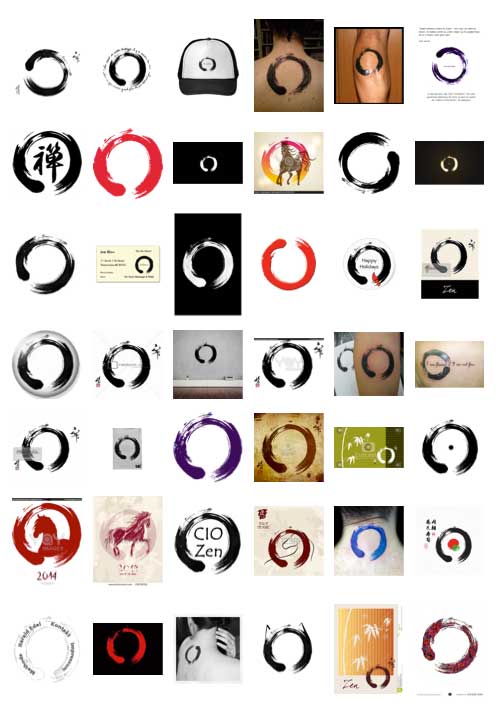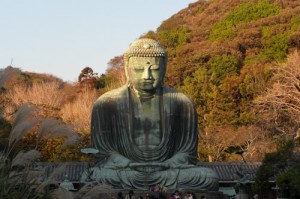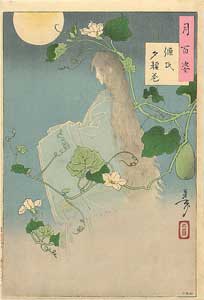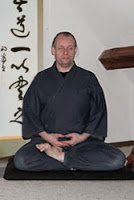Pixelchaos
I stole the title for this post from a discussion in a Buddhist on-line forum I shared the other day. In a previous post I explained why I don’t like having public discussions with strangers on the web. And as I often do after forming an “opinion” on this or that, I go out and see if the opposite might not be true as well …
I read a lot in the forum for the past couple of days, posts from very educated people, kind and helpful messages, off-topic stuff and a lot of opinions on this or that. I saw the fires of greed, aversion and delusion burning high and passionately being fired in some threads. So far, “discussing with strangers on the web” was a better experience than expected, though the few things I contributed were occasionally misunderstood (and quickly clarified), and one exchange completely derailed …
What makes me consider to unsubscribe after my short visit is the time a sincere interaction requires. An interaction with a random selection of strangers I happen to meet on-line, whom I don’t know and who I most likely will never meet in person. Time is so precious … and carefully reading and answering the two active discussions I joined took so much of my time.
What makes me consider to not unsubscribe for the time being is feeling ever grateful for the positive experience I made with yet another online-forum several years ago, though just as a passive reader and learner.
The eminently competent people there were never tired to share their experience concerning their ancient art in the most friendly way. They were particularly kind to beginners posting their troubles and failures, which occurred in spite of a sufficiently complete introduction section to the subject. And they had a very productive exchange going on amongst their experienced peers, including some professionals. These people seemed ever curious about learning something new, doing something old in a new or better way, though they clearly had distinct preferences in taste and style which could not differ more. All of them seemed to enjoy what they do, and their life in general. And they shared a common deep believe: you don’t need to add yeast to bake delicious bread. It was a forum on sour-dough baking … and I wonder ever since if baking bread turns someone into a joyful companion, or joyful people start baking bread.
Another idea I want to realise one day: teaching a seminar on “Zen and the Art of Sourdough Bread Baking”, it’s just waiting for the logistics to be sorted out …
—
Add on (Sep. 2014): While cleaning up my spam folder these days, I found several e-mail messages concerning discussions in the above mentioned Buddhist on-line forum I was participating for a few weeks around early spring. Not long after joining, I have to admit, I completely lost interest to exchange with people who take such little effort into maintaining a minimum politeness level when publicly communicating with strangers. I remember I sent a farewell-message to the friendly and always caring moderator, and did not log in ever since …
Was it a complete waste of time? I don’t think so. My short random walk in the twilight of the German speaking corner of the Buddhist world wide web helped me to much better understand why it is a really good idea to avoid idle chatter.

